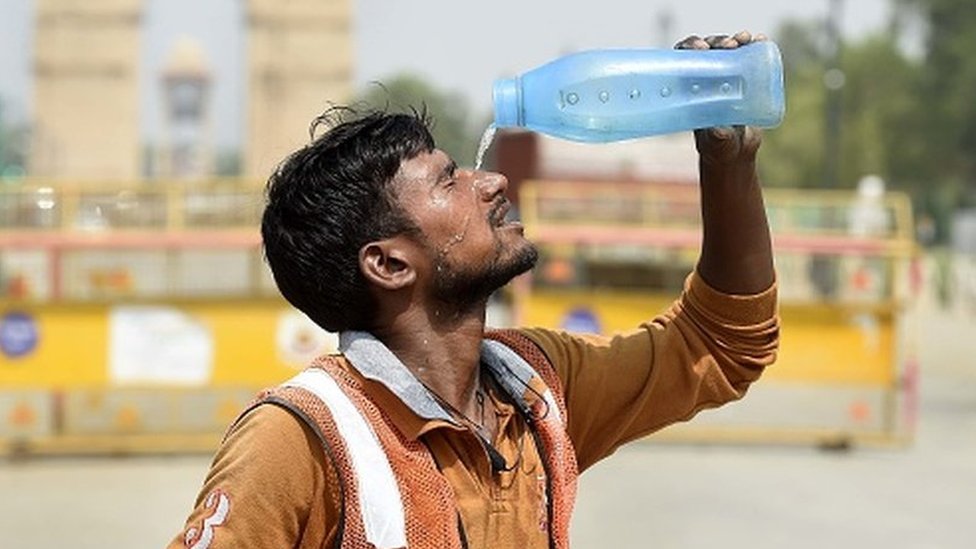Latest reports suggest that the heatwave that has been plaguing the states of West Bengal, Bihar and Andhra Pradesh in India is expected to continue through the coming week as daytime temperatures of 40C have already been recorded for several consecutive days in these regions.
This excessive heat is said to be linked to a north-westerly flow of air, which is also bringing much drier than usual conditions.
The authorities have since asked the people to be vigilant about their health by staying hydrated, wearing breathable clothing and avoiding street food, which could easily go off in these conditions. They have also closed schools and universities for a week in response to schoolchildren complaining about headaches.
Meanwhile, in China, sandstorms have reportedly been plaguing parts of the country for weeks and are threatening to spread elsewhere in Asia. Much of the sand and dust originates from the Gobi desert, straddling the border between Mongolia and China.
Read also: Australia to release electric vehicle strategy
According to reports, Shanghai has been particularly badly affected in the last month or so, with the concentration of PM10 particles reaching more than 46 times the World Health Organization’s recommended safe level. This has resulted in air quality warnings, reduced visibility, and many surfaces being coated in fine dust.
South Korea and Japan have also been affected, with Seoul recording PM10 levels at more than double the threshold the government deems “very unhealthy”. Sandstorms have become a more regular occurrence in recent decades, owing to a combination of rising temperatures and reduced rainfall in the Gobi desert.
The US also had some short-lived but impactful storms over the weekend. Large hail of about one inch in diameter was reported across many parts of Missouri, alongside strong winds gusting up to 97mph, causing damage to trees, barns and mobile homes.
Story was adapted from the Guardian.
